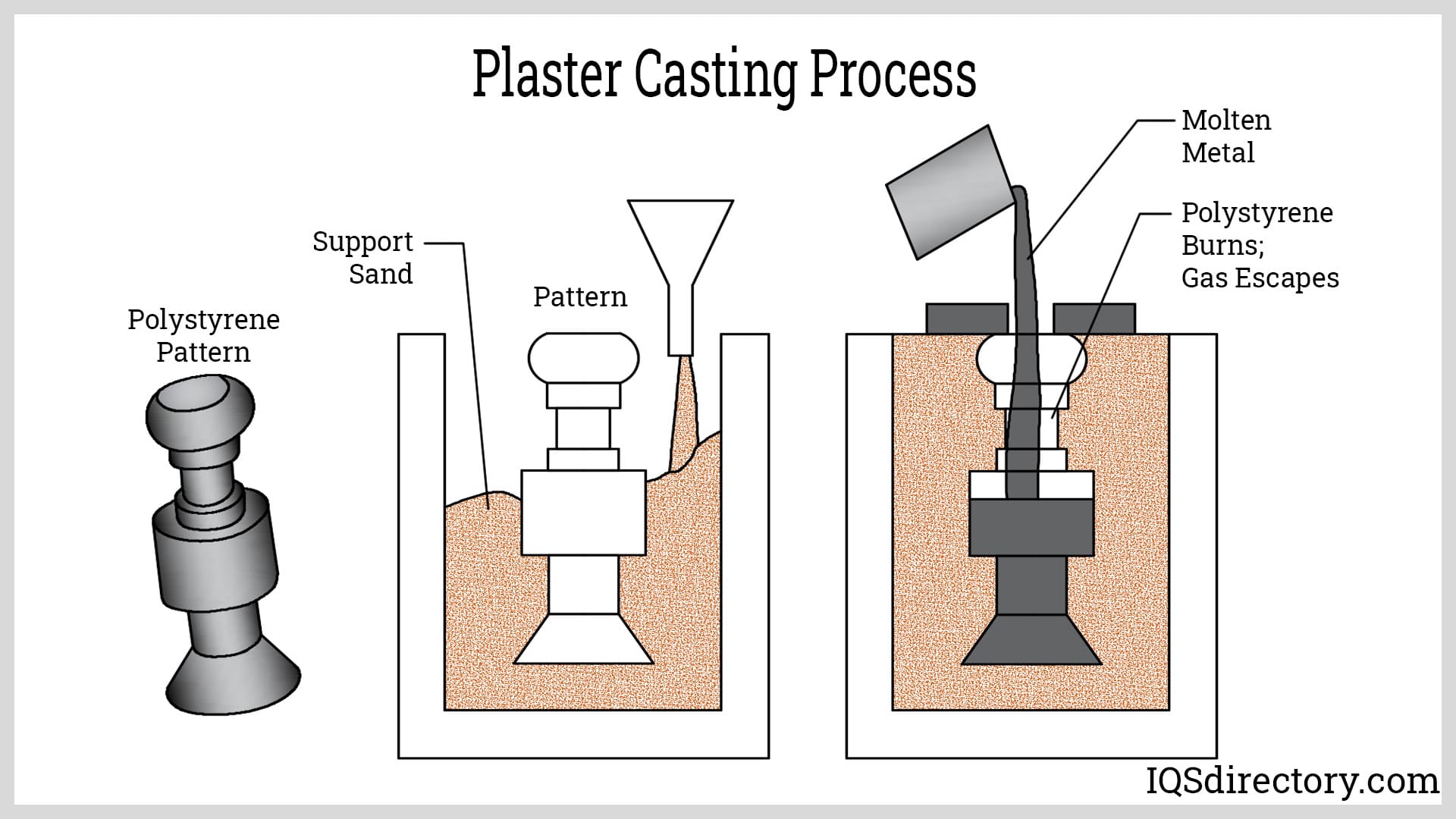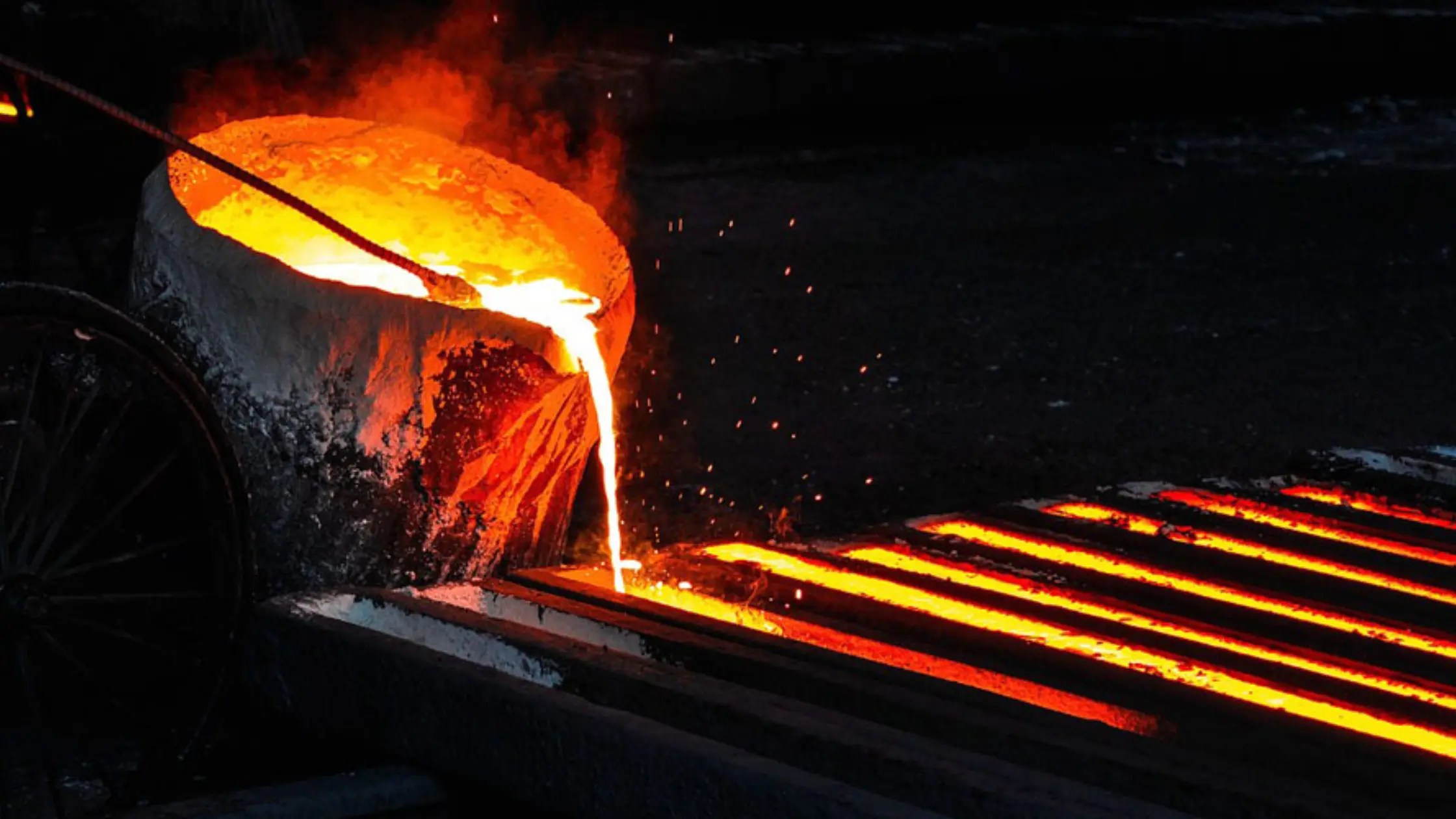Inside the Aluminum Foundry process: precision in every pour
Wiki Article
A Deep Study the Various Kinds Of Metal Casting and Their Uses
Metal Casting incorporates numerous methods, each customized for specific applications and needs. From the cost-efficient sand spreading approach to the precision of financial investment casting, each procedure has one-of-a-kind benefits. Die casting stands apart in high-volume production situations, while shed foam casting presents innovative layout opportunities. Furthermore, permanent mold and mildew spreading is identified for its toughness. Comprehending these techniques opens a window right into their practical usages and effects in different markets. What exists underneath the surface area of these casting methods?Sand Spreading: A Affordable and versatile Technique
Although various casting methods exist, sand casting continues to be among one of the most economical and versatile strategies in the metalworking market. This approach employs a combination of sand and a binding agent to create mold and mildews, permitting the manufacturing of parts in diverse shapes and sizes. Sand spreading is especially useful for small to tool production runs, as it requires marginal upfront investment in tooling compared to various other spreading techniques.The process begins with the creation of a mold and mildew, where liquified metal is gathered to create the wanted things as soon as cooled. Its flexibility allows making use of various steels, consisting of iron, light weight aluminum, and steel. On top of that, sand spreading can fit complex geometries, making it suitable for a series of applications, from auto parts to elaborate artistic items. Overall, sand casting's effectiveness and versatility solidify its value in the production landscape.
Financial Investment Casting: Precision and Information for Intricate Forms
Financial investment spreading attracts attention as a technique renowned for its capability to generate extremely outlined and elaborate components. This process includes developing a wax pattern that is coated with a ceramic shell, which is after that heated to get rid of the wax and solidify the covering. The outcome is a precise mold and mildew that can catch intricate geometrical forms with impressive accuracy.This spreading strategy is specifically beneficial for producing get rid of thin walls, fine attributes, and tight tolerances, making it perfect for markets such as aerospace, auto, and medical tools. Investment spreading suits a selection of metals, consisting of stainless steel, light weight aluminum, and titanium, making it possible for suppliers to meet specific product needs.
Furthermore, the process reduces machining needs post-casting, which can boost efficiency and decrease manufacturing costs. Overall, financial investment spreading is a recommended choice for applications where accuracy and information are paramount.
Die Casting: High-Volume Production With Excellent Surface End Up

Pass away spreading is an extremely reliable production process that stands out in generating big quantities of metal parts with exceptional surface area finishes. This method includes compeling molten metal right into a mold cavity under high pressure, permitting rapid manufacturing cycles and harmony in the ended up items. Commonly utilized materials consist of magnesium, zinc, and aluminum, which offer exceptional mechanical buildings and rust resistance.
Pass away spreading is specifically beneficial for markets such as vehicle, electronics, and durable goods, where precision and top quality are extremely important. The process allows detailed designs, minimizing the need for additional machining and ending up procedures. Furthermore, the smooth surfaces created with die casting commonly need minimal post-processing, causing reduced general production costs. As a high-volume manufacturing technique, die spreading is ideal for manufacturers looking for performance without endangering on high quality, making it a recommended selection for many applications throughout various sectors.
Lost Foam Casting: Cutting-edge Method for Intricate Layouts
Lost foam spreading reinvents the production of intricate steel parts by using an one-of-a-kind process that removes the need for traditional mold and mildews. Instead of traditional mold-making, this method utilizes a foam pattern that is covered with a refractory product. As soon as the pattern is set, liquified metal is poured straight into the mold and mildew, creating the foam to leave and vaporize behind a specific cavity for the steel to fill up. This innovative approach enables for detailed layouts and detailed features that may be challenging to accomplish with various other casting approaches.Additionally, shed foam spreading can minimize waste and power consumption, making it an eco-friendly choice. Industries such as automotive and aerospace advantage significantly from this method, as click over here it supports the production of lightweight elements with intricate geometries. In general, shed foam spreading attracts attention for its ability to provide high-grade, customized metal parts efficiently.
Permanent Mold Casting: Toughness and Consistency in Metal Components
Permanent mold and mildew spreading is a highly reliable method for creating consistent and durable steel components, leveraging reusable mold and mildews that are generally made from metals such as iron or steel. This casting process involves pouring molten metal right into these molds, which are preheated to enhance item high quality and decrease issues. The usage of multiple-use mold and mildews not only minimizes waste but also enables greater manufacturing rates, making it economically beneficial for producers.The resulting elements show superb dimensional accuracy and surface area coating, making them ideal for applications in automotive, aerospace, and commercial equipment. In addition, permanent mold and mildew spreading can suit a range of alloys, better increasing its convenience. The resilience of the cast parts is boosted as a result of the controlled cooling prices that advertise better grain frameworks. In general, this spreading strategy stands out for its ability to create premium metal parts that meet strenuous performance requirements, making sure reliability in demanding atmospheres.
Frequently Asked Concerns
What Materials Can Be Utilized in Various Steel Casting Procedures?

Different products can be used in Metal Casting procedures, including aluminum, zinc, iron, and bronze. Each material offers distinct homes, influencing the spreading method's effectiveness, stamina, and suitability for various applications in manufacturing.
How Do Casting Approaches Influence the Mechanical Characteristics of Metals?
Casting methods significantly influence the mechanical properties of steels, impacting aspects like toughness, ductility, and firmness. Variants in cooling rates and mold and mildew materials can result in various microstructures, eventually influencing the efficiency of the final item.What Are the Environmental Impacts of Steel Casting Procedures?
Metal Casting procedures can result in air and water contamination, source deficiency, and considerable power intake (Aluminum Castings). In addition, the generation of waste products and greenhouse gas emissions greatly impacts the environment and adds to climate modificationJust how Do You Select the Right Spreading Approach for a Job?
Choosing the ideal casting method involves reviewing project requirements, material buildings, complexity, and manufacturing quantity. Factors like cost performance, surface quality, and preparation likewise play crucial duties in identifying one of the most ideal method.What Safety and security Precautions Should Be Taken Throughout Metal Casting Procedures?
Throughout Metal Casting procedures, safety and security precautions include wearing protective gear, ensuring correct air flow, conducting devices inspections, keeping a tidy work space, you could try this out and having emergency methods in position to take care of prospective dangers like burns or harmful fumes.From the affordable sand spreading approach to the precision of investment spreading, each procedure has special advantages. Pass away casting is a very efficient manufacturing process that succeeds in try this website creating large quantities of metal components with remarkable surface finishes. Lost foam spreading transforms the manufacturing of complicated steel components by using a special process that gets rid of the requirement for conventional molds (Aluminum Castings). Irreversible mold and mildew casting is an extremely efficient technique for producing constant and resilient metal parts, leveraging reusable molds that are commonly made from metals such as iron or steel. Different products can be utilized in Metal Casting procedures, including light weight aluminum, iron, bronze, and zinc
Report this wiki page